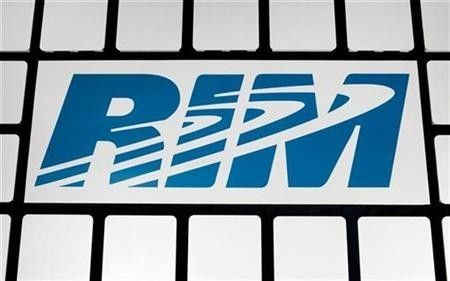Low-Cost iPhone, Low-End Androids will Exert Pressure on RIM: Analyst

Jefferies says its checks indicate slowing sales of Research In Motion Ltd's new BlackBerry OS 7 handsets. It believes a new low-cost iPhone and low-end Android phones will exert pressure on the mid-range and low-end phones of RIM.
However, reduced channel inventories in fiscal second quarter make guidance more possible. RIM's fiscal second quarter was weaker than expected, and while lowered guidance is realistic, we believe it could be difficult to achieve, said Peter Misek, an analyst at Jefferies.
RIM reported second quarter earnings of $329 million or $0.63 per share, down from $797 million or $1.46 per share last year. Adjusted earnings were $419 million or $0.80 per share. Revenue fell 10 percent to $4.2 billion. Analysts had expected profit of $0.87 per share on revenue of $4.47 billion.
During the quarter, RIM shipped about 10.6 million BlackBerry smartphones and about 200,000 BlackBerry PlayBook tablets.
RIM's management did not reiterate an early 2012 QNX handset launch and implied that OS 7 and QNX would coexist for some time. Prototypes of QNX handsets and a Playbook 2.0 software update, which will include native e-mail and calendar, may be available in coming months, but no precise timetable was given.
Notably, the management will not launch QNX handsets until they are ready (Misek takes this to mean that QNX phones will include native email/calendar).
For the fiscal 2012, the company now expects adjusted earnings to be towards the low end of the previous forecast range of $5.25 to $6.00 per share, while Street predicts $5.10 per share.
RIM guided third-quarter adjusted earnings of $1.20 to $1.40 per share and revenue of $5.3 billion to $5.6 billion, while Street estimates profit of $1.36 per share on revenue of $5.27 billion.
The company expects handset shipments for the third quarter of 13.5 million to 14.5 million, while Street predicts 13.6 million and Jefferies estimates 13 million. Misek said the company's fiscal third quarter guidance was realistic but still tough to achieve.
Our checks indicate that after the initial couple of weeks that carriers are seeing slowing sell-through of BlackBerry OS 7 handsets, which will make the fiscal third-quarter guidance difficult to achieve; however, the lower channel inventories provide a healthier backdrop, said Misek.
His checks also indicate the possibility that RIM may alter its Android app player strategy and get rid of the porting requirement. He believes that this will make it easier for developers and, most importantly, make it much easier to market the expanded ecosystem to consumers.
Misek believes that RIM can follow two paths of development for QNX. On one path, RIM could effectively virtualize the entire app market from Android. This can be done in a number of ways. On the second path, he sees the POSIX-certified QNX as an easy port for virtually all Android apps as Android is also POSIX-certified (Portable Operating System Interface for Unix).
In both cases, he sees RIM leveraging the Android ecosystem, but the second path requires developers to take steps to have the app available to Blackberry users. Also, the second path is much more difficult to message in a marketing pitch. The first path would be far easier (You can go to the Android store and download any app to your Blackberry phone).
RIM had announced that it was undertaking the second path (porting), but the product is taking longer-than-expected to launch. His checks indicate that this could be due to RIM possibly undertaking the first option (virtualize the entire app market) instead.
He believes a major reason why RIM was requiring porting was due to the desire to maintain greater control over which apps are available on Blackberries. However, he believes the desire to have a larger app ecosystem could be winning out.
© Copyright IBTimes 2025. All rights reserved.




















